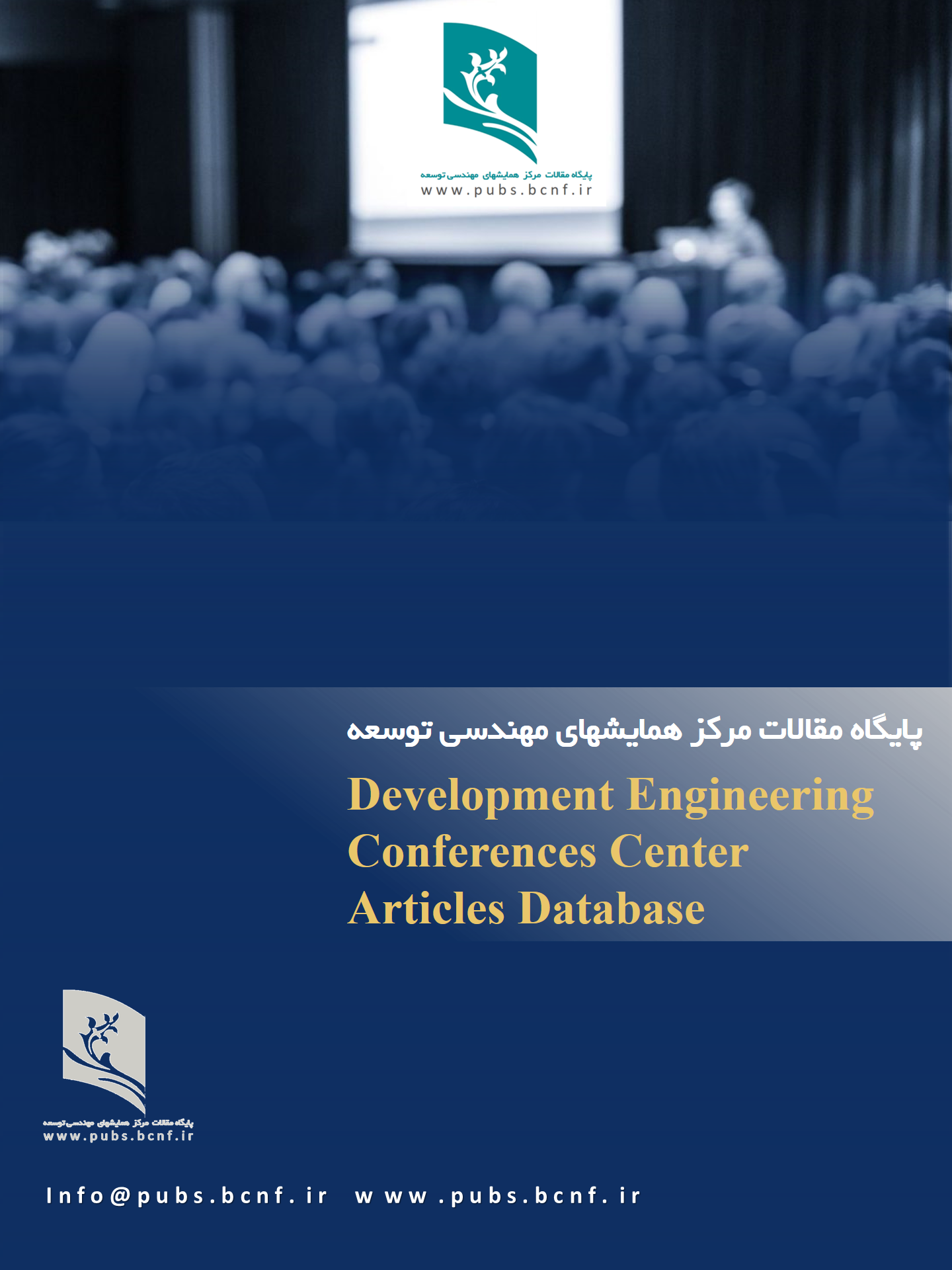Simulation and Optimization of Diesel Quality and Yield from Waste Tire Pyrolysis Using Aspen Plus
Keywords:
Pyrolysis, Waste tires, Diesel, Simulation, Optimization, Aspen PlusAbstract
This study focuses on the simulation and optimization of the pyrolysis process of waste tires using Aspen Plus software. The primary objectives were to enhance the quality and production rate of the extracted diesel while minimizing the number of distillation trays to reduce capital investment costs [1][2]. Initial kinetic data and simulation parameters were derived from existing literature. Although the quality of the produced diesel met some standards, challenges arose in achieving optimal characteristics [3]. Specifically, attempts to balance density and distillation range resulted in trade-offs, leading to a focus on maximizing the distillation range [4]. The findings indicate that while the optimization of diesel quality was partially successful, further adjustments are necessary to achieve the desired standards [2]. This research contributes to the understanding of waste tire pyrolysis and offers insights for future improvements in the process.
Downloads
References
[1] F. A. Ishola, A. O. Inegbenebor, and F. A. Oyawale, “Thermal Modelling for A Pilot Scale Pyrolytic Furnace for Production of Carbon Black,” J. Phys. Conf. Ser., vol. 1378, no. 3, Dec. 2019, doi: 10.1088/1742-6596/1378/3/032089.
[2] M. J. Kabir, A. A. Chowdhury, and M. G. Rasul, “Pyrolysis of Municipal Green Waste: A Modelling, Simulation and Experimental Analysis,” Energies, vol. 8, no. 8, pp. 7522–7541, Aug. 2015, doi: 10.3390/EN8087522.
[3] D. Y. C. Leung and C. L. Wang, “Kinetic modeling of scrap tire pyrolysis,” Energy & Fuels, vol. 13, no. 2, pp. 421–427, Mar. 1999, doi: 10.1021/EF980124L.
[4] E. Aylón et al., “Waste tyre pyrolysis: modelling of a moving bed reactor.,” Waste Manag., vol. 30, no. 12, pp. 2530–2536, Dec. 2010, doi: 10.1016/J.WASMAN.2010.04.018.
[5] R. Bi et al., “Simulation and techno-economical analysis on the pyrolysis process of waste tire,” Energy, vol. 260, Dec. 2022, doi: 10.1016/J.ENERGY.2022.125039.
[6] Y. Cao, A. Taghvaie Nakhjiri, and S. Sarkar, “Modelling and simulation of waste tire pyrolysis process for recovery of energy and production of valuable chemicals (BTEX),” Sci. Rep., vol. 13, no. 1, Dec. 2023, doi: 10.1038/S41598-023-33336-3.
[7] H. Y. Ismail, A. Abbas, F. Azizi, and J. Zeaiter, “Pyrolysis of waste tires: A modeling and parameter estimation study using Aspen Plus®.,” Waste Manag., vol. 60, pp. 482–493, Feb. 2017, doi: 10.1016/J.WASMAN.2016.10.024.
[8] L. Rudniak and P. M. Machniewski, “Modelling and experimental investigation of waste tyre pyrolysis process in a laboratory reactor,” Chem. Process Eng., vol. 38, no. 3, pp. 445–454, Sep. 2017, doi: 10.1515/CPE-2017-0034.
[9] M. Olazar, G. Lopez, M. Arabiourrutia, G. Elordi, R. Aguado, and J. Bilbao, “Kinetic modelling of tyre pyrolysis in a conical spouted bed reactor,” J. Anal. Appl. Pyrolysis, vol. 81, no. 1, pp. 127–132, 2008, doi: 10.1016/J.JAAP.2007.09.011.
[10] M. F. Laresgoiti, B. M. Caballero, I. De Marco, A. Torres, M. A. Cabrero, and M. J. Chomón, “Characterization of the liquid products obtained in tyre pyrolysis,” J. Anal. Appl. Pyrolysis, vol. 71, no. 2, pp. 917–934, 2004, doi: 10.1016/J.JAAP.2003.12.003.



